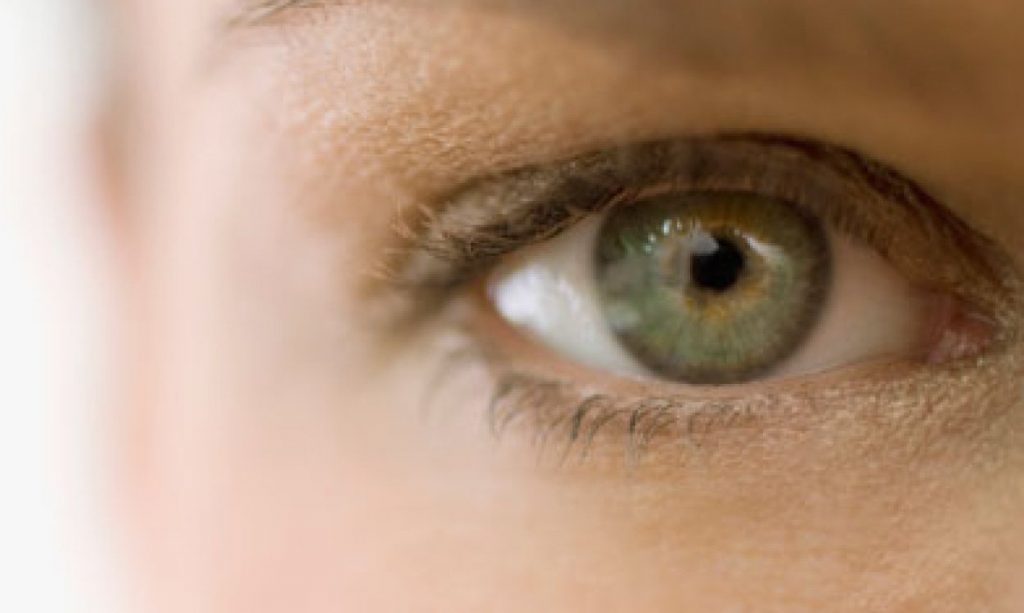Dr. Bhubanananda Sahu
The National Aeronautics and Space Administration (NASA) of the USA sent the first-ever unique satellite to Space called cosmic background explorer (COBE) in 1989 to measure the scatter infrared and microwave radiations from the early universe. It is reckoned that COBE can visualise the infrared and microwave light coming from the distant universe to confirm the big bang explosion that took place 13.7 billion years ago.
The satellite sketches the thermal map of the universe which is the leftover heat just after the explosion of the primordial universe. This is the first evidence of the big bang, and two scientists got the Nobel Prize for this discovery in 2006.
Human beings can only visualise 0.0035 per cent of the total light which is called the visible spectrum. The visible spectrum comprises seven colours as in rainbow. Our light-sensing compartment of eye, retina, processes the visible light with a cell called cone photoreceptor. This constitutes three distinct types of cells — red cone, blue cone and green cone — stimulated by red, blue and green light respectively. Other complementary colours are made by using this primary RGB colour.
We cannot see the electromagnetic spectrum beyond the rainbow colours, above violet and beyond red. The light rays above violet with decreasing order of wavelength are UV, X-Ray, gamma ray and cosmic ray. Longer wave lengths of light beyond red are infrared, microwave, radio wave etc. If we could visualise the rest of the electromagnetic spectrum, the world would have been a wonderland as describe in a fairytale.
Some of the creatures stand out from humans in their extraordinary vision in the infrared region. Sitting near a campfire is an example of experiencing visible light as colour, and infrared light as heat. Snake has this infrared vision capability to precisely locate its prey and predator in the dark. It has a special sensory system between the eye and nostril, called pit organ. The presence of infrared vision feature in the pit organ helps snakes track the location and details of warm-blooded animals such as rodents, birds, lizards and mammals.
Warm-blooded animals maintain the body temperature higher than that of the environment by regulating the metabolic process, and hence release heat to the surroundings. The eye of a snake creates the visual image of the prey and its pit organ generates the thermal image. Both visual and thermal image get superimposed in same part of the brain to construct the shape of the prey.
The pit organ contains a nerve-ending that has specialised protein called transient receptor potential family A1 (TRPA1). This is a heat sensor and gets activated by the infrared heat coming from the warm-blooded prey. Following the receipt of heat, the TRPA1 channel opens up and generates an electrical response that goes into the brain for further processing — into a thermal image.
Nano scale engineering and gene transfer technology have a great future to provide cure for multiple diseases in humans. This writer and his colleague have used nano technology to rescue vision in blind mice. One of the inherited vision-defects in humans is leber congenital amaurosis. This disease affects vision in early childhood and is due to mutations of many genes including the retinal pigmented epithelium 65 (RPE65). The RPE65 gene is essential in regenerating chromophore in retina for vision.
Mice with RPE65 mutation become blind since birth. The writer delivered a nanoparticle tagged with a healthy RPE65 gene in sub-retinal space that restored the vision in mice. Customising infrared vision in living creature was impossible for long until a grand discovery was made, wherein the retina was designed by nanoparticle and gene supplementation so as to provide infrared vision.
Genetically modified blind mice were used as the preclinical model for this study. These mice are insensitive to light by four weeks of age. This research was published in Science Journal in June, 2020. Scientists used TRPA1 from the Texas rat snake to add infrared vision in mice.
The customised retina for infrared vision is the great leap in our perimeter of visual field. Thermal imaging has long been in application in defense and homeland security operations, using special goggle. But this is the first time a mammal’s retina is designed to see the infrared light. This has considerable potential with respect to bio-integrated nano-device in security, military operations and human-machine interfaces. This technology can be used in future to provide vision to blind people with regional retinal degeneration.
The writer is from Jamseth, Bargarh; and works as a research scientist at the University of Massachusetts Medical School, USA.
